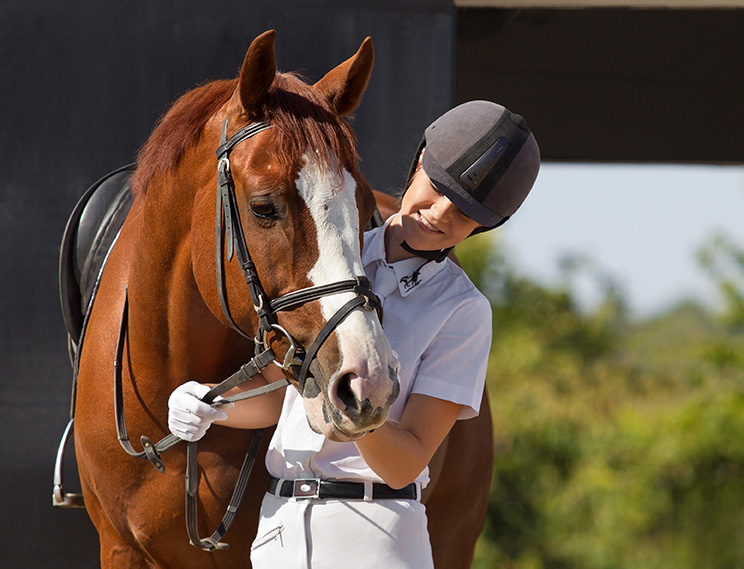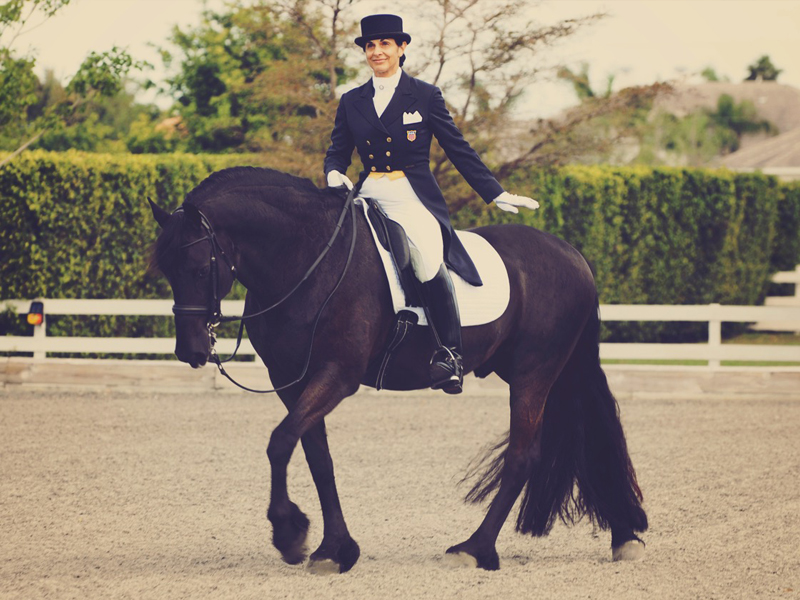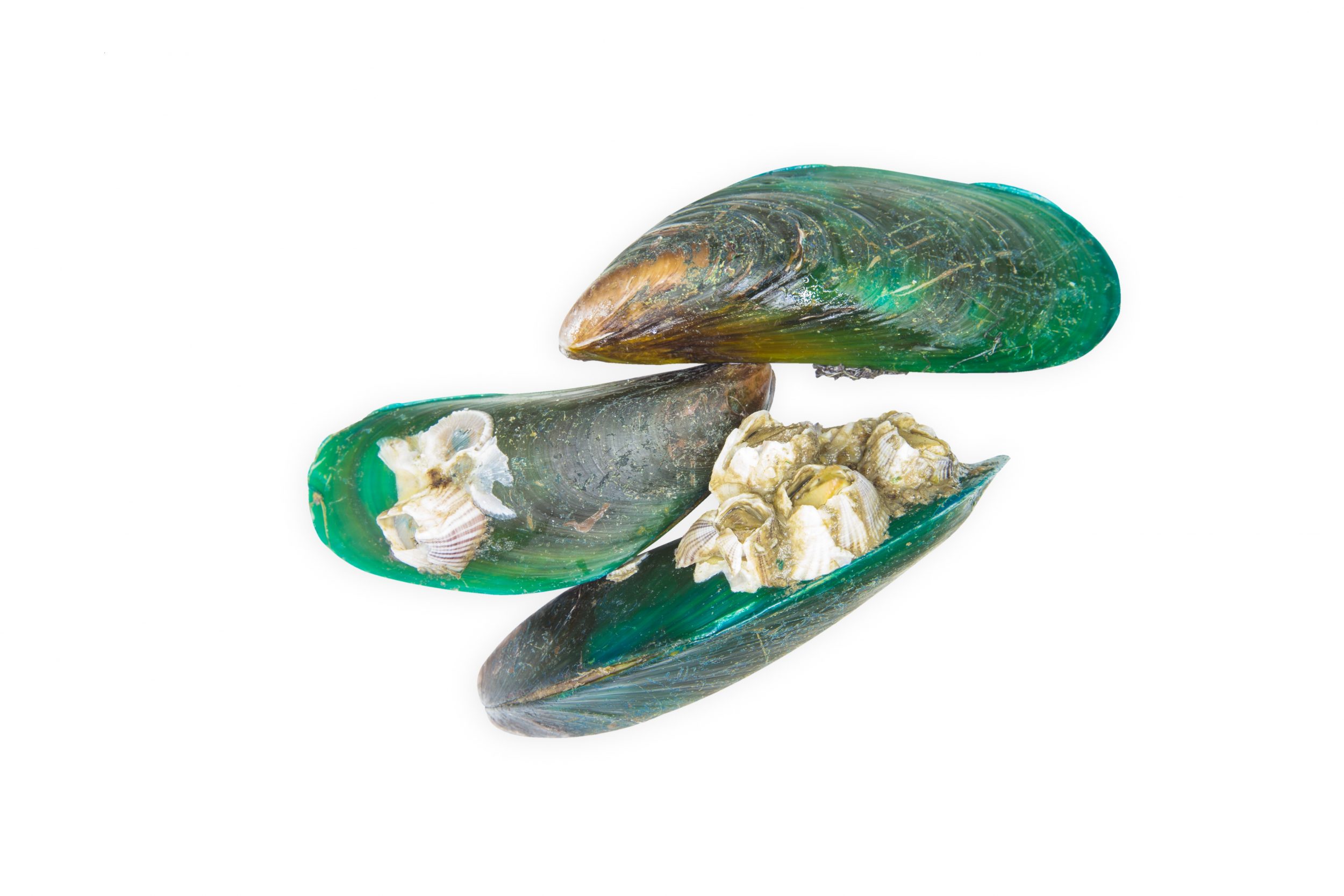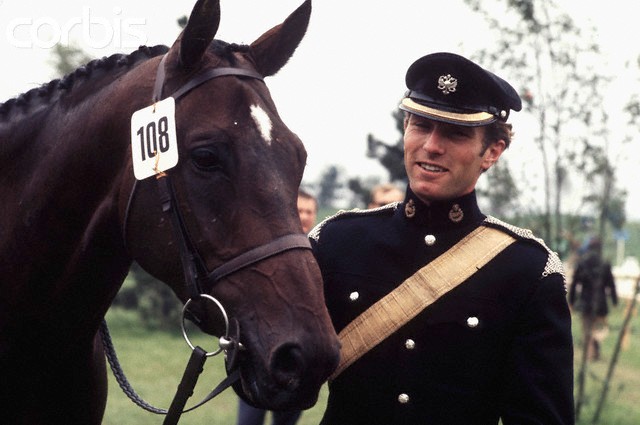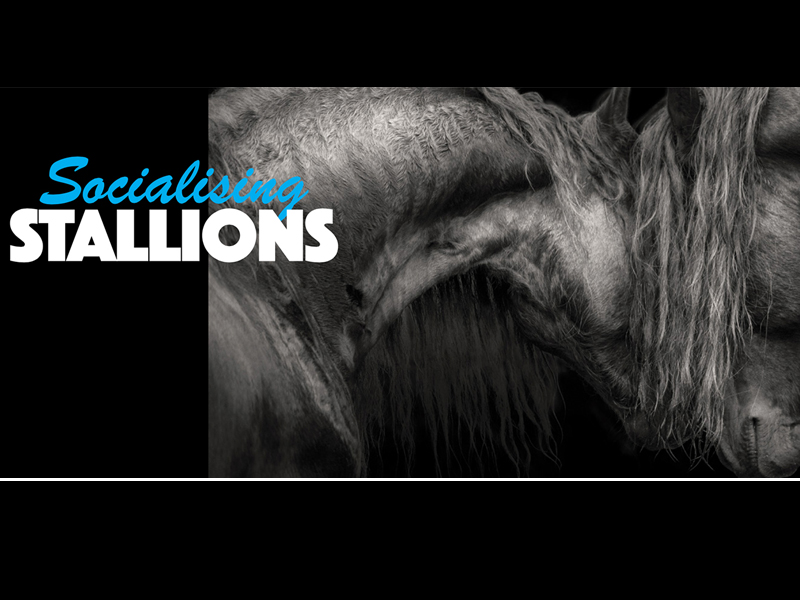
Socialising Stallions
As appeared in issue 21 of BHM 2015 by Danielle Skerman
Stallions over time have acquired a certain reputation, and that often consists of being wild, strong and somewhat dangerous. And in many ways this can be true, just like dogs or even our children, it’s all in how your raise and educate them.
We see this sort of judgement with all sorts of animals, in particular with dogs breeds. Certain breeds receive a certain reputation of being quiet, or aggressive and through this pre-conceived judgement, us humans will tend to treat them accordingly. In human psychology, there is a lot of talk of “Nature versus Nurture”. The phrase nature and nurture relates to the relative importance of an individual’s innate qualities (“nature” in the sense of nativism or innatism) as compared to an individual’s personal experiences – Nurture. For Nature, the argument in regards to this is basically our genetic makeup. E.g., a son or daughter can demonstrate certain characteristics from an absent parent that they may never have met – this being “Nature”. However a certain amount of how you become, the decisions you make can be moulded by those who raise you – this is the nurture side of things. I personally firmly believe this is the same with animals. They can have a certain amount of genetics of character and ability can be passed on, however how your horse ends up can have a lot do with what you as “Nurture” infers on them. Manners, sociability, education are essentially up to you as their parent/teacher. Thus, this brings us to how we keep/house and how it affects their personality.
When considering our stallions so much of how they behave is a result of how we treat them. Horses by nature are highly sociable animals. They live in herds; a bachelor herd of just stallions or a stallion (generally only one stallion, but sometimes you may find two) with his harem of mares and foals. So keeping this in mind having a stallion in solitary confinement and away from any companionship could indeed have a large effect on their personality. The same it would essentially be for anyone. Over time if a stallion isn’t socialised and isn’t given the nurture of good education of manners and respect you can see how they can get to be the stereo – type scary, dangerous animals.
For many years, stallions and stallion care wasn’t on my radar, the world wide web wasn’t

available, and you learnt from those around you. I always was under the impression that stallions needed to be basically caged and kept away from all others and handled like the old lion tamers – as this is so often the image we saw if out in public. How often did you see stallions with copious chains all over them, sticks and whips and people having to use a large amount of aggression to keep them under control? This was the norm, and what I thought until I met someone who socialised their stallion. This stallion would do his share of babysitting of the weaner foals and would also on occasion have mares and foals with him. This was an eye opener for me.

Now, though, having my own stallion I was interested in what I could do for him, and as a 2.5yr old colt, I found him a friend who was a miniature gelding. It was a bit nerve wrecking as I wasn’t sure how he’d react. However, I suspected he would be OK. Luckily it turned out to be a seamless (controlled) introduction. Of course, not all introductions will go this smoothly, and it’s important that you take into consideration the stallion/colts personality and history. I knew for my boy that he had socialised over his fences on two sides with older stallions. He may not have had friends in his paddock, but had at least been able to touch, sniff and talk to others over a fence. Over the years, he’s always had his mini-mate, and sometimes mares, nowadays he lives with his gelding son and, of course, the mini gelding – the three amigos. He has his little boy’s club herd.
Stallion socialisation has been an interest of mine and one of the biggest influence for me has been Laura Zugzda with her Forest Boyz. Meike, Menno and Saphire are Friesian stallions that live together in a bachelor herd in the forests of the Northern California coast. Meike and Menno are half-brothers that have been raised together and Saphire is owned by Catherine de Bellou and her husband, Chris.
I asked Laura if she could tell us about her experience and why she did what she did with the boys.

“I once heard someone say, ‘there’s nothing like the heart of a stallion.’ Having grown up with the typical stallion stereotypes that they are mean, aggressive and dangerous, I thought, “Oh my gosh, I wonder if this is true?” I had seen the Hollywood movies… was it possible to have a magical relationship with a stallion?
I think most of us are drawn to stallions for their beauty, power and freedom. The last thing I wanted to do was take any of those things away. Horses are herd animals. There is safety in numbers and for a horse, being in a herd or having a companion is one of it’s most basic needs. Though many horses are kept alone, I think it’s safe to say that stallions are more isolated than mares or geldings. A stallion that is kept alone is a stressed stallion. Whether he shows it outwardly or not, he is not designed to exist that way, and it affects his personality, his temperament, his sense of security and his health.
It is possible to create an environment that a stallion will truly thrive in. It is an amazing thing to discover the fullness of their personality, and without providing companionship and freedom and I think it rarely gets seen. They are playful, comical, intimate, very communicative and expressive. A stallion in isolation is in prison, and it breaks their spirit. I have seen many stallions that although they still have outward beauty, the light is gone from their eyes. And on the flip side, I’ve seen many stallions with a wild and scared look in their eyes. Maybe it makes for a great look in the show ring, or for a camera, but an insecure stallion puts people and other horses at risk.
Companionship can come in many ways… other stallions, geldings, minis, mules, even goats. But if you were to ask your horse, I think he’d chose an equine companion over another animal.
It’s best to socialise colts from an early age. They should grow up with a social structure where they learn hierarchy and respect. Ideally, it’s great if you can put a colt with another young colt or gelding and they love to wrestle and play. They will self-exercise, and it develops muscle and agility. They are far easier to handle when they have a normal social life and do not have pent up energy. Older stallions or geldings, teach the younger one’s respect and put them in their place.
My experience has been, when you put colts with other horses from an early age, they quickly learn their place, and it minimises the risk of injury. I think it’s best when they can live with their companion 24/7, and eat, drink, play and sleep together, as they would in a wild herd. When stallions are put together, then separated for dinner, or put in stalls at night, I think it increases the risk for injury. Each time they are put back together, on some level, herd hierarchy has to be re-established. With stallions that live together 24/7, there is no need to re-establish, or for one to challenge another. I have seen injuries happen in other stallion herds when the horses are separated for feeding, then turned out together during the day. It all depends on the temperament of the stallion. Some are very easy going and other’s want to continually challenge to get to the top position.
I have three stallions that live together. The first two were born on the same farm, two weeks apart. Other than being separated for six months after I purchased the first one as a weanling, they have been together since birth. The third stallion came as a yearling when the other two were two years old. There often is a natural “hazing” that takes place when another stallion is added to a small herd. In my case, the third stallion was very flirtatious and tried to mount the other two upon meeting them. The two older stallions shunned the younger one for about a week. They would aggressively chase him away from their presence. And shortly after that, he was accepted into the herd.
My stallions have rarely had a scratch after 10+ years together. Since the hierarchy has been established for so long, there is no reason for aggressive behaviour. Kicking and biting are a normal part of horse language, but with these guys, a simple dirty look, or threat of a kick or a bite, is enough to get the desired response.

Testosterone has many health benefits for a stallion. It increases bone density (stronger bones), it increases fat metabolism and helps to accelerate healing. So I believe, that this is a benefit to keeping them healthy and protect from injuries.
Without a doubt, I’m convinced that one of the greatest gifts you can give your stallion is a companion, in addition to freedom.”
I asked Laura a couple of questions that I thought some might like to hear..
BH: Do you think you could introduce new companions or do you think it’s now limited to existing companions?
LZ: It’s hard to say with this group since they are getting older now, and the herd is so well-established. I have considered it… and I think it’s possible if done carefully. I would allow a new horse to share a fence line so a relationship could be established. And after a period of time, I would introduce them… maybe even one at a time. Always introduce in a large space, with no tight corners or areas where a horse could get pinned in. I would go in with a whip to chase off the others if I felt they were too rough. But, I would expect them to shun the new horse for some time. As this is how they put them in their place.
I would be cautious about putting a stallion in with a companion that has never had any social interaction in their life, but I definitely think it can be done. Every situation is different. This (www.youtube.com/watch?v=hAM5qMdOv8M) is a GREAT video showing an experiment at the Swiss National Stud Farm. It shows them turning all their stallions out together and their initial reaction, then after an hour, after a day and it’s AMAZING. A great example of what someone could expect and the results are amazing! Notice the horses pair up at the end and are playing together and hanging out with one another.
My experience with a small herd is that even numbers are better than odd. Horses tend to pair up and have a “best” friend. I used to have four in the herd (an older gelding was also in the herd). He eventually passed away, and although they all interact with each other, one is always left out.
BH: Do you feel having a companion for your stallion improves their temperament or makes them more aggressive?
LZ: Of course it improves their temperament immensely. They are much more happy and secure, no pent up energy. When it’s time for work or training, they are ready and look forward to it. They love adventure, love new territory and love freedom. I think giving them freedom is equally as important as giving them a companion. One of the worst things you can do for any horse’s physical and mental health is to restrict their movement and make them stand still in a stall.
BH. Would you recommend a paddock companion for other stallion owners?
LZ: Definitely. I think it is cruel to isolate a stallion. Can you imagine never having contact with other humans? Most stallions live a very isolated existence with no freedom, and it deeply grieves me. I think it is selfish and cruel.
Thank you, Laura, for talking with us and sharing your experience with socialising stallions.
I put out a survey on Facebook for those who socialise their stallions to get a broader feedback from those who do so you’re not just getting the experience of two people..
When asking for how they went about it and at what age Heather Seibert from The USA tells us her story..
 “My stallion was about three and half years old when I introduced him to my Dutch WB gelding PJ, who I had just been given. My stallion, Gavilan AK, had been in a safe situation with good no-climb fencing alongside mostly mares since I brought him home after weaning, around nine months old. He was able to see, smell and hear the mares in the 1/2-acre paddocks around him. After spending a few weeks able to visit through the fence, I put my stallion into my gelding’s pen. There were a few days of mild arguments over space, and playful advances by my stallion towards my gelding in an adolescent effort to establish his authority. My gelding, PJ, bore it all with equanimity, and neither of them ever hurt each other. I would suggest knowing your horses very well, and being able to introduce them where they can see, hear and smell each other but cannot touch each other, as being good safety precautions. If there is too much aggression through a fence, I would not risk either horse’s safety by putting them together. Also, having a place the less dominant horse can safely retreat to would be a good idea.”
“My stallion was about three and half years old when I introduced him to my Dutch WB gelding PJ, who I had just been given. My stallion, Gavilan AK, had been in a safe situation with good no-climb fencing alongside mostly mares since I brought him home after weaning, around nine months old. He was able to see, smell and hear the mares in the 1/2-acre paddocks around him. After spending a few weeks able to visit through the fence, I put my stallion into my gelding’s pen. There were a few days of mild arguments over space, and playful advances by my stallion towards my gelding in an adolescent effort to establish his authority. My gelding, PJ, bore it all with equanimity, and neither of them ever hurt each other. I would suggest knowing your horses very well, and being able to introduce them where they can see, hear and smell each other but cannot touch each other, as being good safety precautions. If there is too much aggression through a fence, I would not risk either horse’s safety by putting them together. Also, having a place the less dominant horse can safely retreat to would be a good idea.”
The majority of people spoke of their stallions being socialised from birth and always having company with them. Or from a yearling to two yrs from when they purchased them.
Interestingly enough when asking Lisa Leitch why they decided to socialise their Friesian stallion Valient she explains “As Valiant was bought for jousting it was very important for him to have ground manners and respect for other horses. Running down the list and having your stallion concentrating on his job, rather than wanting to attack your opponent with a bite or kick is always the aim.” This has been achieved very successfully by both Lisa and her husband Philip whose job is being a knight at a medieval castle where he jousts daily with Valiant.
Some people wonder if having a stallion socialised might make them more aggressive towards other horses at competitions, because they might be trying to be the leader and increase or protect their herd. I asked my fellow socialising stallion owners and not one said their stallion became more aggressive out in competition. Most found it to be the opposite. Heather Seibert said this about her competition stallion “Yes I do. I think that keeping him with a buddy at home has helped him be able to concentrate on me at shows and clinics, and in adverse situations.”
When asking these stallion owners if they’d recommend it and what would their advice be I got these responses.
 Siri from Norway “Depending on the stallions individual character, some are more aggressive than others just pay attention. Some geldings are more stallion like than others; this could trigger the stallion more easily when it comes to mares walking past or being in the next paddock. And as with any horses, I put together, see to it that their personalities fit together. If the stallion likes to play, don’t put it together with a horse that hates it and so on.”
Siri from Norway “Depending on the stallions individual character, some are more aggressive than others just pay attention. Some geldings are more stallion like than others; this could trigger the stallion more easily when it comes to mares walking past or being in the next paddock. And as with any horses, I put together, see to it that their personalities fit together. If the stallion likes to play, don’t put it together with a horse that hates it and so on.”
Lisa Leitch – Australia “Yes I do recommend a companion for stallions. Start socialising as soon as your colt is weaned, the earlier this begins, the better.”
Jeff Adams – Australia ” Only if you bring up colts at a young age as weanlings put them in with older geldings and maybe one mare. I have experienced the geldings will put the young colts in their place but keep a good eye on the mare and soon as she shows interest in the young ones move here well out of the way.”
Andrea from Australia says, “The only advice I could offer is introduced in a safe environment don’t just let other horses loose in the paddock with the stallion and hope for the best.”
At the end of the day, it’s an individual choice. If you’re thinking about doing it, I’d highly recommend it. HOWEVER, please do it carefully and consider the individual personality of your stallion. Not all can be socialised due to many reasons; most are age, past experiences and expectations. Sometimes, it’s just circumstantial and not possible. If you can at least allow your stallion to have someone to talk to, even if it’s just over a fence or next to in stables
I’ve put together some tips for doing so – please keep in mind these are only tips and can not be held responsible as every horse is different and circumstances may vary.
1. The younger, the better. When a colt is raised with a companion, this becomes the norm and will generally remain that way.
2. Be alert constantly. If you introduce a young colt, there will be a stage that their hormones kick in. Be very alert and make decisions that can reduce the possibility of injury. For example, if you have mares and your young stallion is paddocked with a gelding, I’d highly recommend you keep the mares as far away as possible. You don’t need to antagonise the situation by having a spraying mare nearby. Be smart and take preventive measures.
3. Give them space. Always introduce in a large space, with no tight corners or areas where a horse could get pinned in.
4. Introduce over a safe fence – do not just throw them in together, you’re just asking for trouble. Give them time to get to know each other over a fence.
5. You might like to consider some controlled introductions. Where both horses are on a lead rope. Do not let situations get out of hand. Small steady steps.
6. Older stallions. If you are thinking about socialising older stallions be very cautious with this. Read the stallions reactions, not all older stallions can be socialised. Think of this like a guard dog, not all can be people/family friendly after years of a certain way of life.
Have you enjoyed this article? Want more ? Then subscribe to our quarterly printed magazine – click here
